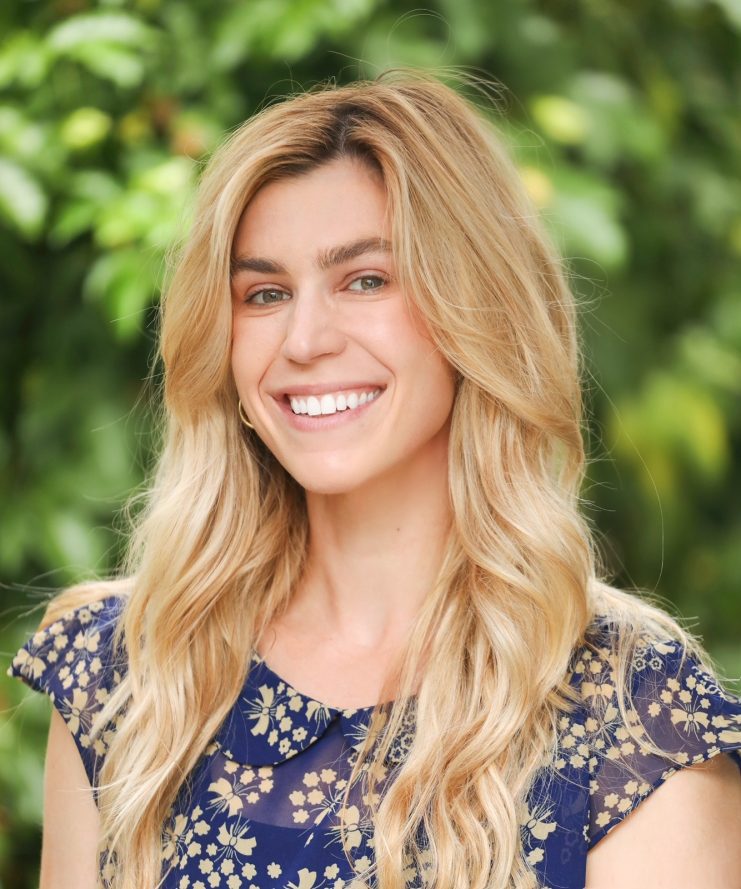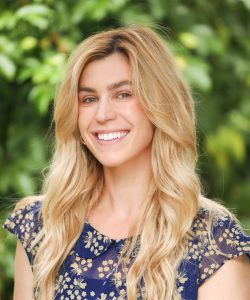
Building Connections Through Thoughtful Peer Listening During Circle Time
“Why do we do circle time?” I asked my focal student.
“To listen.”
As I heard my students’ responses as to why they thought we did circle time, it starkly contrasted my reasons for implementing this high-impact SEL, social and emotional learning, practice. I had hoped they would share that circle time was for building connections and learning from one another, but I realized that in reality I was doing a lot of the talking and they were simply doing the routine.
It was at this point my inquiry unfolded. As an SEL Lead Learner with OUSD’s district-wide partnership with Lead by Learning, monthly I convene with other elementary educators who are curious about how to build students’ SEL skills alongside their academic growth.
Circle time was a big part of my classroom culture and I wanted to make it a time that students really enjoyed and most importantly a time where they felt excited to learn about their peers and build our classroom community. But my class was big. Sharing one by one was becoming redundant and I was soon seeing that while I had hoped students would listen to their friends, they were hardly engaged when their peers were sharing. I needed to find a way to improve this time and improve students’ thoughtful listening and sharing skills because building connections is an important life long skill.
With Lead by Learning’s support, I began collecting different data sources to study circle time:
- Observations: While we were on the rug I took notes on student engagement
- Interviews: Using Lead by Learning’s student learning partnership conversation practice I interviewed my focal students about circle time, its purpose, and how to make it better
- Photos: Occasionally I took photos to capture what was happening for my students during the time
Each month in our inquiry sessions, I brought in my data and had an opportunity to talk with other SEL Lead Learners from other elementary schools in Oakland Unified during our Public Learning time. We discussed both what I was doing and improving in circle time, but also what wasn’t happening yet and what wasn’t working that I tried. Having this honest supportive space to ask questions was invaluable.
They helped me see that circle time had been a one-sided conversation guided by me and that it was not peer-driven. While I wanted circle time to be about making connections and having fun, it was the opposite. After having this big “ah-ha” I decided to make changes to circle time:
- Incorporate games
- Create circle time jobs for student leadership
- Invited my students to think of the circle time question
- Include peer-share conversations
With each change in practice, I witnessed my students’ engagement grow. Together, we were not only having more fun during circle time but my SEL goal, improve students’ skills at building connections through thoughtful listening and sharing, was also beginning to be met.
When I think about what’s next, I wonder how to make circle time even more meaningful. Some ideas I have are to have students write questions at the start of the year and for us to build a class circle time jar, continue to include more games and activities connected to current events, heritage months, and other relevant school-wide topics, and build in more pair-share conversations.
Through this experience, I learned the importance of being clear on your purpose for any activity in the classroom and consistently being curious about whether or not it is meeting that purpose to support student success.
 Natalie Roessel grew up in Chico, California in a family of educators. Her childhood was spent “in the classroom,” either making my mother’s art project samples or volunteering with center time. This paved the way for her future career. In 2015, she earned her Multiple Subjects Teaching Credential and taught in Orland, California for one year and El Sobrante for two years. Currently, she is an elementary school teacher at Crocker Highlands in Oakland Unified School District and an SEL Lead Learner. When she’s not in the classroom, she enjoys hiking, running, and traveling to remote places, concerts and true crime podcasts.
Natalie Roessel grew up in Chico, California in a family of educators. Her childhood was spent “in the classroom,” either making my mother’s art project samples or volunteering with center time. This paved the way for her future career. In 2015, she earned her Multiple Subjects Teaching Credential and taught in Orland, California for one year and El Sobrante for two years. Currently, she is an elementary school teacher at Crocker Highlands in Oakland Unified School District and an SEL Lead Learner. When she’s not in the classroom, she enjoys hiking, running, and traveling to remote places, concerts and true crime podcasts.
Interested in working with Lead by Learning to support professional learning for your staff? Connect with a member of our team to learn more about our partnerships.
